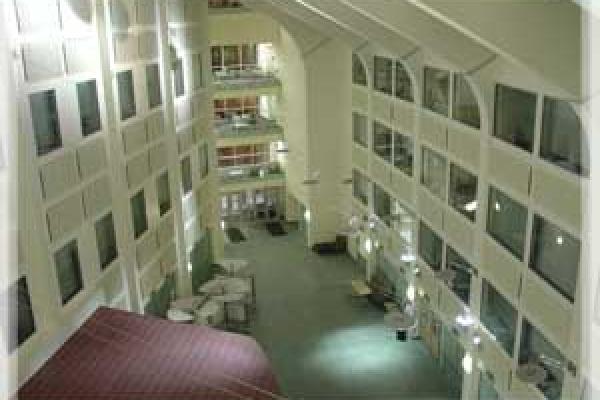
One of the leading unanswered questions in the field of neutrino physics is whether the neutrino is equivalent to its anti-particle, a so-called Majorana fermion. The most promising experimental method to determine the nature of the neutrino is to search for the process of neutrinoless double beta decay, where two neutrons in an isotope decay to two protons via neutrino exchange, emitting just two electrons and violating lepton number conservation in the process. The field is currently rife with experiments exploiting this idea. To date, however, there has been only a single claim of observation from a subgroup of the Heidelberg-Moscow experiment investigating 76Ge, reporting a half-life of 2.23x10^25 years and effective Majorana neutrino mass of 320 meV. Recent results from the GERDA experiment, using refurbished Ge crystals from Heidelberg-Moscow, strongly disfavour this claim, leading to a combined Ge experiment half-life limit at 90% confidence of 3.0x10^25 years. Current experiments investigating 136Xe also disfavour this claim of observation. Joining the current generation of experiments with the aim of pushing down the effective Majorana mass limit, SNO+ is a kilotonne-scale liquid scintillator neutrino detector housed 2 km underground in Vale Canada Ltd.'s Creighton Mine near Sudbury, Ontario, Canada. Through re-purposing existing hardware in place for the now decommissioned Sudbury Neutrino Observatory (SNO), and employing a rigourous materials purification and selection program, SNO+ will investigate neutrinoless double beta decay of 130Te. Owing to its size, SNO+ expects a sensitivity to the effective Majorana neutrino mass below 100 meV with a 0.3% loading of natural Te after several years of data collection. Designed as a general purpose detector, SNO+ also has a robust physics program that includes investigations of solar and supernova neutrinos, and reactor and geo anti-neutrinos. Construction of the detector is nearly complete, with the first water-fill commissioning phase set to begin at the end of this year with the neutrinoless double beta decay phase following in late 2014. This talk will present a short overview of neutrinoless double beta decay and outline the current status and physics goals of the SNO+ experiment.
